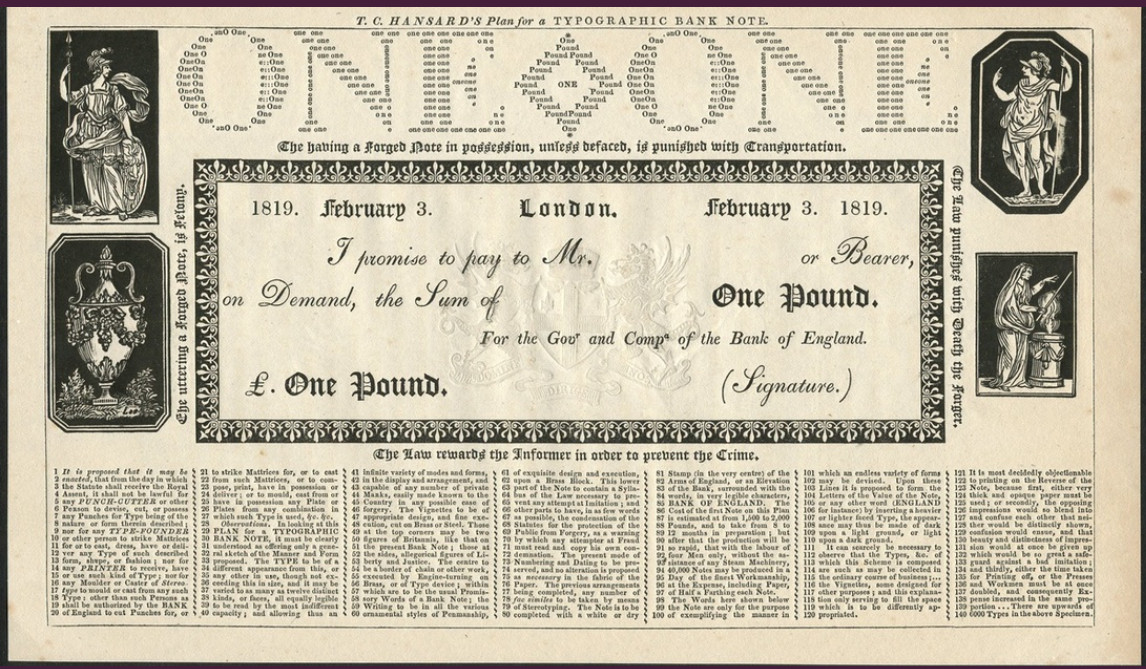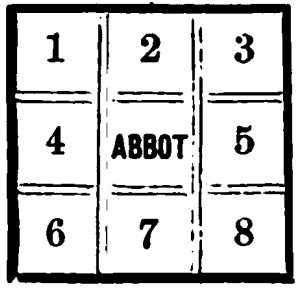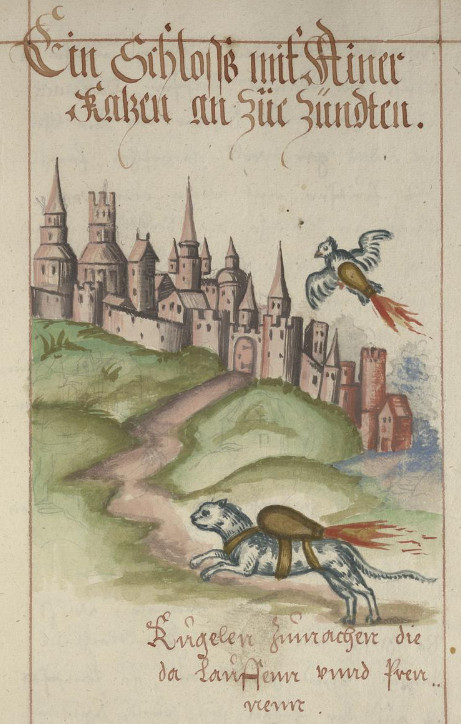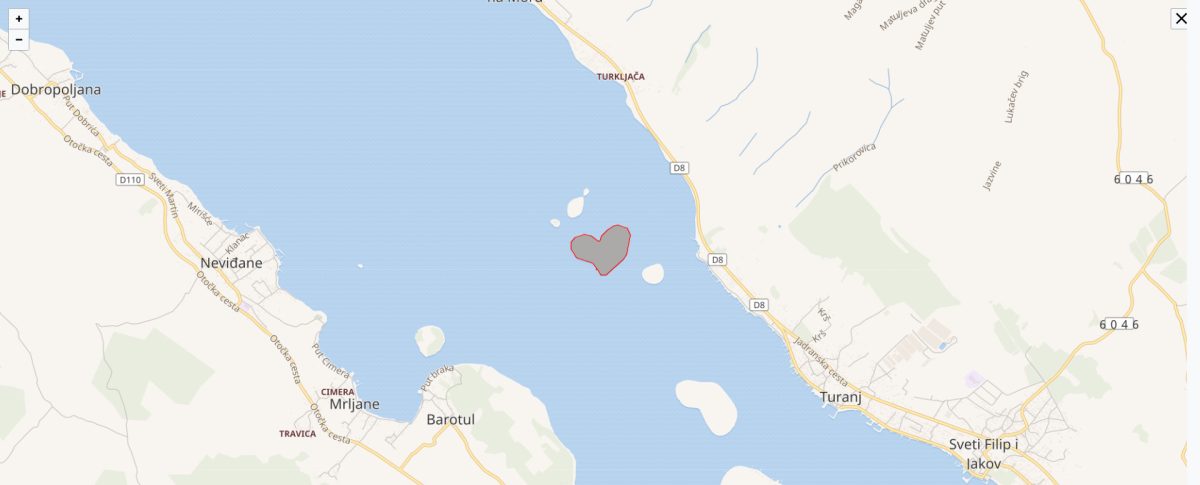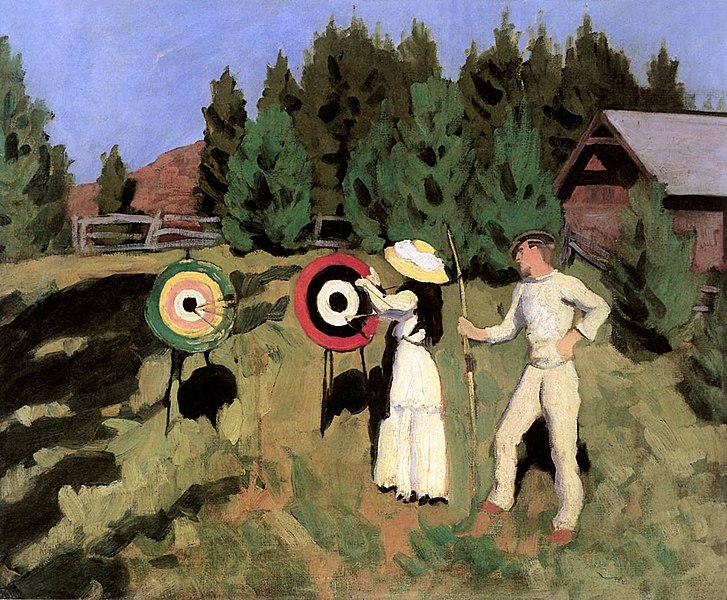The ancient Chinese philosopher Gongsun Long appeared to claim that a white horse is not a horse:
Is ‘a white horse is not horse’ assertible?
Advocate: It is.
Objector: How?
Advocate: ‘Horse’ is that by means of which one names the shape. ‘White’ is that by means of which one names the color. What names the color is not what names the shape. Hence, one may say ‘white horse is not horse.’
Objector: If there are white horses, one cannot say that there are no horses. If one cannot say that there are no horses, doesn’t that mean that there are horses? For there to be white horses is for there to be horses. How could it be that the white ones are not horses?
Advocate: If one wants horses, that extends to yellow or black horses. But if one wants white horses, that does not extend to yellow or black horses. Suppose that white horses were horses. Then what one wants [in the two cases] would be the same. If what one wants were the same, then ‘white’ would not differ from ‘horse.’ If what one wants does not differ, then how is it that yellow or black horses are acceptable in one case and unacceptable in the other case? It is clear that acceptable and unacceptable are mutually contrary. Hence, yellow and black horses are the same, one can respond that there are horses, but one cannot respond that there are white horses. Thus, it is evident that white horses are not horses.
Interpretations vary; one explanation is that the conundrum blurs the distinction between identity and class, exploiting an ambiguity in the Chinese language — certainly the expressions “white horse” and “horse” do not have identical meanings, but one can refer to a subset of the other.
Whether the philosopher was serious isn’t clear. His other paradoxes include “When no thing is not the pointed-out, to point out is not to point out” and “There is no 1 in 2.”
More trouble with horse color.
03/08/2024 UPDATE: A Swedish Facebook meme of 2012: Horses are a fruit that does not exist. (Thanks, Mikael.)

